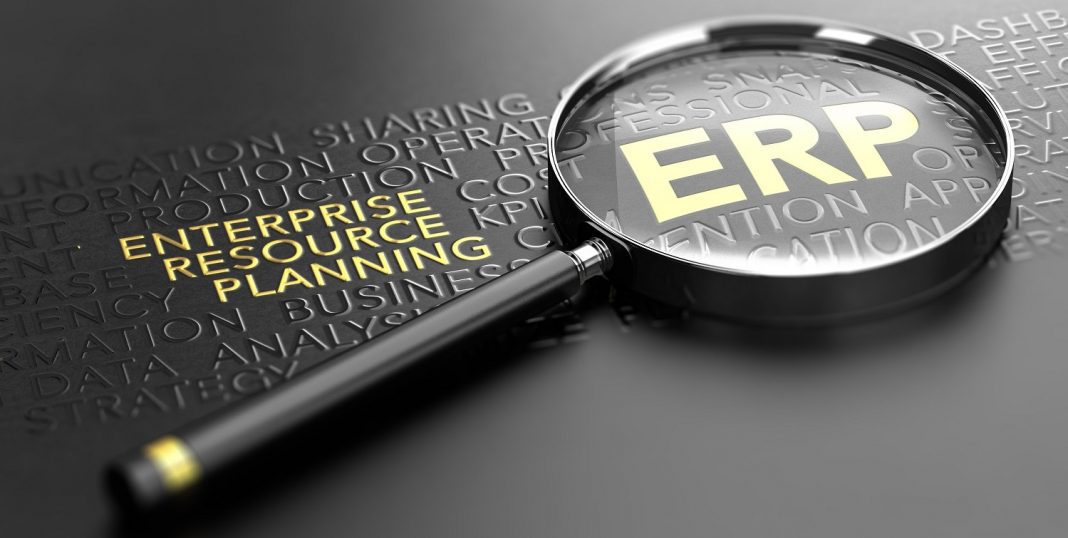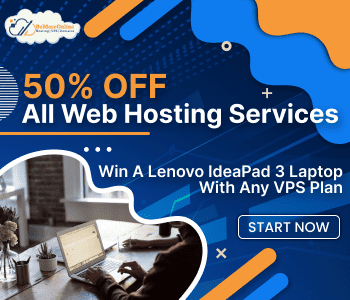The adoption of new technology is always difficult, no matter what size of your company is. However, the challenges for small to mid-sized businesses are manifold as there are certain other things too to keep in mind, for example – limited budget, limited resources, and limited technology.
But, the best thing is that leaders from all sizes of businesses today understand the importance of digital transformation and the benefits of having the same in their organization. But, where most of the leaders feel restricted is to find their best-fit solution.
If you’re also among those leaders and struggling to find the best-in-class technology that fits all your needs and demands, then this is the blog for you. Let’s first answer a few simple questions to make your views on adopting digital systems more confident and worthy.
Are You Struggling to Do These?
Take a look at your entire business, all the operational functions running, record-keeping methods, finance departments and warehouses, customer records, and sales list, etc. How much do you spend keeping all these updated daily? How many resources are being used for the same and how much time they spend each day on these tasks?
The idea of asking these questions is to self-analyze the fact that these are key functions that could be easily automated and could be handled efficiently by a digitally advanced system. This automation with the help of a digitally advanced system then would enable your resources to better utilize their time and efforts in the valuable tasks, as and when needed.
4 Main Things to Keep in Mind While Searching for a New Digital System
Before adopting a new digital system or adopting the same for the first time – You should keep the following things in mind:
-
Integration with the existing software
If you’re already using software or two in some of your departments, make sure the new system that you’re thinking about possesses the capability to integrate with the existing system as migrating the entire data from the same could be tedious and risky too.
-
Best-fit Solution
There are thousands of ERP options available in the market, but it is important to understand your requirements first to better analyze the best fit solution. Say for a manufacturer, an ERP that could give a fair idea of available inventory and can maintain frequent quality and regulation checks will be best, whereas, for a supplier, the one that could keep the record of the complete lifecycle of customers will be better. Thus, it is important to understand your requirements first to decide the functionalities you need in an ERP.
-
Your IT and Infrastructure
You may have a highly qualified IT team to support you whenever needed and a great infrastructure for an on-premise ERP. Whereas, if you lack both of these, you should opt for on-cloud deployment, to better operate the system from the browser itself.
-
Partner and the Services
There are many ERP partners available, but choose the one that is reliable, has a large chain of clientele, and has unmatchable support and maintenance services. Also, always ask for the demo before settling for the ERP or your partner of choice.
Conclusion
There you go, important tips explained for SMEs while searching for the ERP. To help you with your search, ERP Consultants suggests SAP Business One – Best and affordable ERP for SMEs to satisfy their daily needs. If you’re adopting ERP for the same, you can always try with the SAP Business One Starter Package and scale up later as your business grows.
































